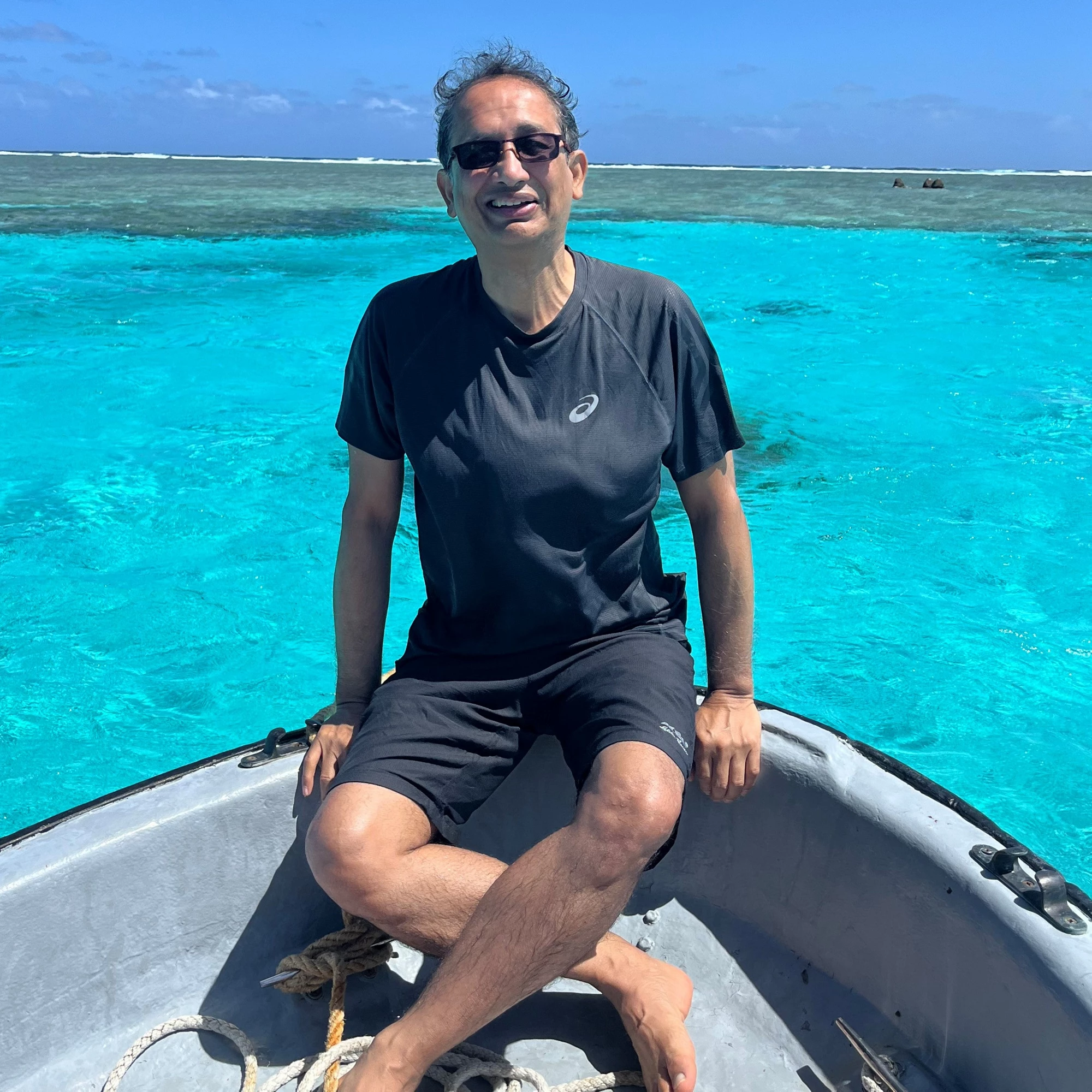 The old building of Pohnpei Agricultural and Trade School (PATS).
The old building of Pohnpei Agricultural and Trade School (PATS).
For now, overgrown and abandoned, a symbol of the future of the Micronesian workforce
is about to be rejuvenated
We travel along an empty stretch of road on Pohnpei, the largest island and home to the capital of the Federated States of Micronesia, to visit a building emerging from a dense, heavily forested patch of land.
The building sitting amongst the quietly but persistently growing rainforest, used to be one of the most important vocational schools in the country – the Pohnpei Agricultural and Trade School (“PATS”). Many people in the capital have memories of their time studying here, and it hasn’t been in disrepair for long, but already, the rainforest is growing over the disused building and the screeches of tropical birds have replaced the sounds of students and teachers that used to ring through the area.
The Government’s new FSM Skills and Employability Enhancement Project – the first-ever human capital development project in the country financed by the World Bank through US$17.7 million of IDA – seeks to change this to revitalize this area, establishing a new institution called the FSM Skills Academy (FSA).
PATS provided high quality technical and vocational training for decades, from 1964-2005 and its absence has created a void in FSM, the largest nation in Micronesia and home to estimated 114,000 people.
Since its closure there has been strong interest among both policy makers and the public in building on the existing extensive grounds and basic infrastructure of this school to establish a revitalized, high-quality institution that will serve as the flagship Technical and Vocational Education and (TVET) institution in FSM.
While the area has been largely reclaimed by rainforest, many of the old buildings are in good condition. Nevertheless, it will take several years of civil works for the new institution to open its gates to new students.

Enhancing the competitiveness of the domestic labor force is critical for maintaining the FSM’s productivity and inclusive growth. Throughout our visits in Pohnpei and the neighboring island state of Chuuk –we are struck by the number of shuttered storefronts and boarded-up restaurants that are unusually quiet most hours of the day. Many Micronesian business owners and workers have left the country in search of job opportunities in Guam, Hawaii, and other parts of the United States. The Micronesian economy and labor market are closely linked to the US through the Compact of Free Association agreement, which – among other things – allows free and open migration of FSM citizens to the US. It’s estimated that in 2012 almost 50,000 Micronesians had left the country, 30 percent of which left for employment. As such, the country’s working-age population is rapidly shrinking while much of the in-country labor demand is met by skilled workers, mostly from the Philippines.
In addition to the new Skills Academy, through the $17.7 million IDA grant, the Government of FSM will also have a chance to implement several additional measures to upskill the future Micronesian workforce. These could include information campaigns and direct financial support to students for living allowances and travel or relocations costs as well as grants to vocational institutions.
The project also finances the establishment of a skills certification unit in the government, as well as improvements in labor market information and job search services to enhance job placement opportunities both within and outside FSM.

Walking away from the PATS site, we say “Kaselehlie” to a passing group of people, which means hello in Pohnpeian language. But ‘Kaselehlie’ is only one of four ways to say “hello” in Micronesia: the other three states (Chuuk, Yap, and Kosrae) each have their own distinct languages, cultural and social norms, and economies. Given rich diversity as well as the vast distances across its many islands, FSM is a small-scale representation of the entire Pacific region, and interventions in FSM can provide a good blueprint for other Pacific Island countries.
There is a clear need for skills development and strong examples to follow across the region. All other Pacific states will need to consider investments to upskill their labor force in order to stay competitive in the global labor markets of the 21st century, to continue their inclusive growth, and to be able to strengthen resilience to the adverse impacts of climate change.
We leave happy with the thought that this teeming patch of rainforest may soon play an important part in that essential skills development across the region.



Join the Conversation